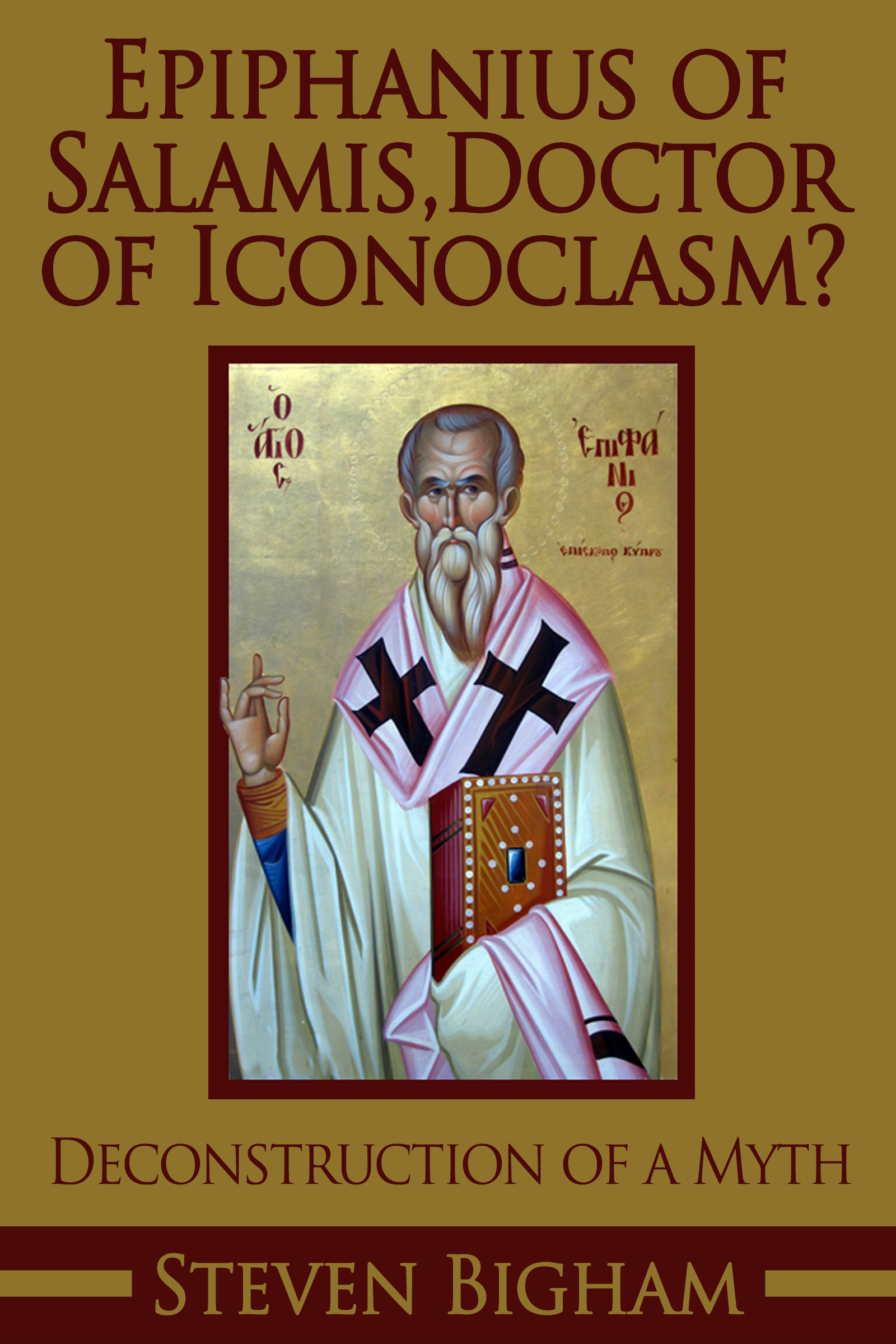
Epiphanius of Salamis, Doctor of Iconoclasm? Deconstruction of a Myth
Was St. Epiphaius of Salamis, Cyprus, 4th century, opposed to all images? Five texts attributed to him say « yes. » But are they authentic or are they forgeries? Was he the last witness of a pure Christianity with no images due to a rigorist interpretation of the 2nd Commandment? This book tackles the controversy about these documents and St. Epiphanius’s alleged opposition to Christian images.
Description
St. Epiphanius of Salamis lived in Cyprus during the 4th century. He is a Father of the Church known for his determined fight against heresy. And yet, five texts denouncing any use of images have been attributed to him. On the basis of these documents, he has been given, by some, the title of forerunner of the 8th-century Iconoclasm. He is supposed to have thought that any form of image veneration, however Christian the image may be, is a form of idolatry. In agreement with the Jewish religion, as some think, he is also said to have interpreted the 2nd Commandment as an absolute prohibition of any kind of image. In the eyes of some, he was the last witness of a primitive Christianity, aniconic and iconophobic. However, there exist numerous contradictions between the doctrine of these five iconophobic documents and that of the incontestably authentic works of St. Epiphanius. Is the Christian iconographic tradition a simple adaptation of figurative art by early Christians, in agreement with the Gospel and the faith of the Apostles, or is it a form of corruption of their pure, aniconic and iconophobic faith? The question of the authenticity of the five texts attributed to St. Epiphanius is therefore central. Only a full investigation of the five texts can decide the question. This book claims to have carried out exactly that kind of research, and the conclusion is that the iconophobic documents attributed to St. Epiphanius of Salamis are either forgeries or have been wrongly interpreted.
